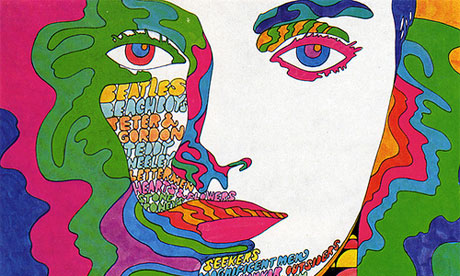Priest sexual offenders came from seminary classes in the 1940’s and 1950’s who were not trained to confront the upheavals of the 1960’s when behavioural norms were upended, researchers hired by the US Catholic Bishops’ Conference have concluded.
The report conducted by the John Jay College of Criminal Justice, also found
- few priest offenders were pedophiles
- abusers were not acting on their homosexuality
- mandatory celibacy did not turn clerics into molesters
- it is not possible to identify offenders before they acted
- there is no single cause of the abuse
- abusers selected boys rather than girls because they had more access to them
Church leaders hoped to learn how dioceses could identify offenders before they acted. Researchers, however, said they could find no single cause of the abuse, and said molesters generally haven’t specialized in victims according to age or gender.
“There’s no indication in our data that priests are any more likely to abuse children than anyone else in society,” said Karen Terry, principal investigator for the report.
Garbage in, garbage out
The Survivors Network of those Abused by priests labelled the report as “garbage in, garbage out” and dismissed it.
The network questioned the validity of the report because it was paid for by the bishops, Catholic foundations, individual donors and a grant from the U.S. Department of Justice.
Terry insisted the findings were independent.
“We did the writing,” Terry said. “This is our report. None of the bishops had any influence on the findings of the study.”
The authors said they found no “psychological characteristics” or “developmental histories” that distinguished guilty priests from clergy who did not molest children.
Only a tiny percentage of the accused priests – less than 5 percent – could be technically defined as pedophiles, meaning adults with a primary, intense attraction to children who have not yet gone through puberty. The bulk of victims were ages 11 to 14.
Sources
